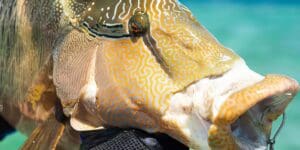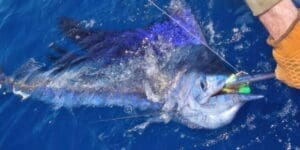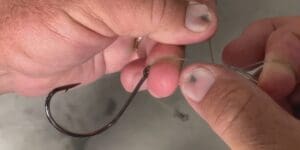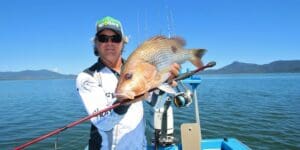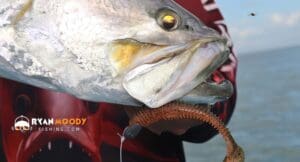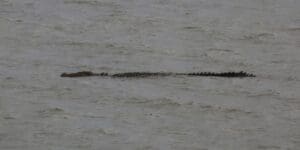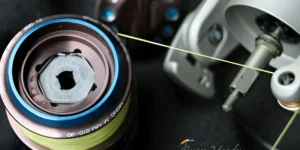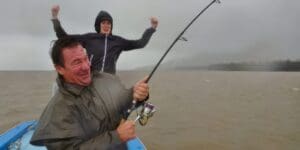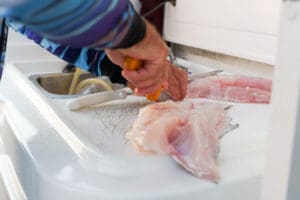There are so many fishing hook types and designs on the market, so knowing which one to use can be daunting.
Getting this right will increase your hook up rate as you’ll be using the right hook for your chosen fishing method.
Because there are hundreds of hooks on the market, in this video I narrow it down to my top six to cover most applications.
Let us help you! – Using your Fish Finder to locate schools.
To find and catch or any fish, you’ll need to locate the schools.
This is by far the biggest problem most people have when fishing!
Accurately setting up and interpreting their electronics.
To help you get the most of your electronics, we cover the fundamentals in our Sounder Skills 1 course.
It’s only $20 Australian at the moment and well worth a look.
If you don’t learn anything let me know and I’ll give you your money back.
My top six fishing hook designs.
1. Long Shank Hooks – Dead and Strip Baits
Long shank hooks are best used for dead baits such as a) strip/fillet baits or b) yabbies and peeled prawns.
Strip baits are ideal for foraging species and I’d like a $1 for every trophy reef fish I’ve caught over the years on a well presented strip bait.
Smaller species like whiting and bream cannot resist a well presented prawn.
Long shank hooks are best suited for this method because the long shank keeps the bait presented nicely.
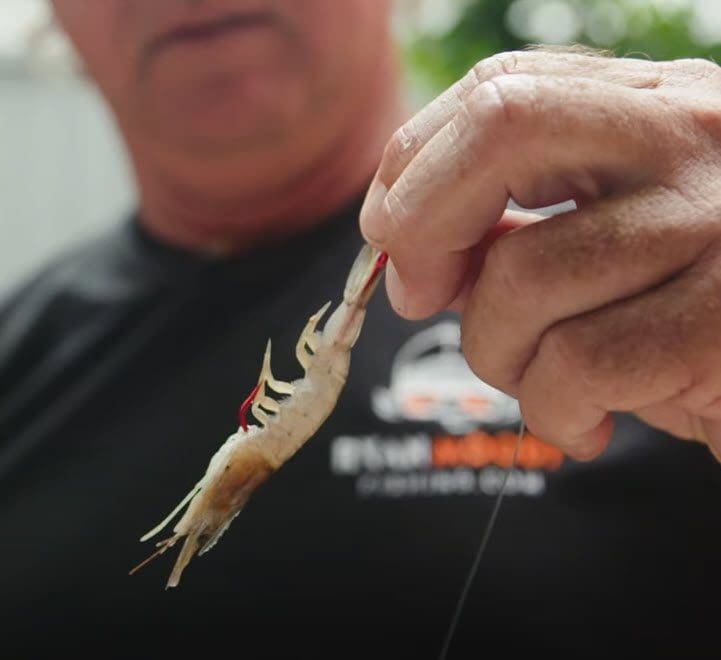
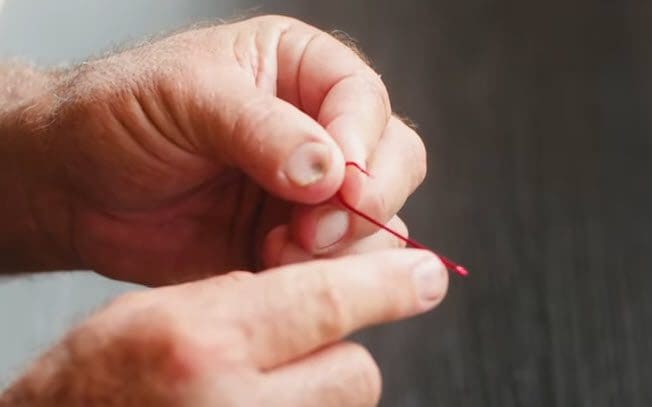

2. Short Shank/Circle Hook – Live Bait.
For live bait I pretty much exclusively use a Kahle pattern which is a semi circle hook.
But a full circle is fine as well if that is your preference.
Circle fishing hooks are best fished with the rod in the holder and let the fish hook itself.
In doing so you’ll get a 90% hook up rate in the side of the mouth and avoids gut hooking fish.
Makes removing the hook so much easier.
We have a tip on how to rig your live bait here.
Kahle hooks are sometimes a bit hard to source, but you can grab them online at Anglers Warehouse.
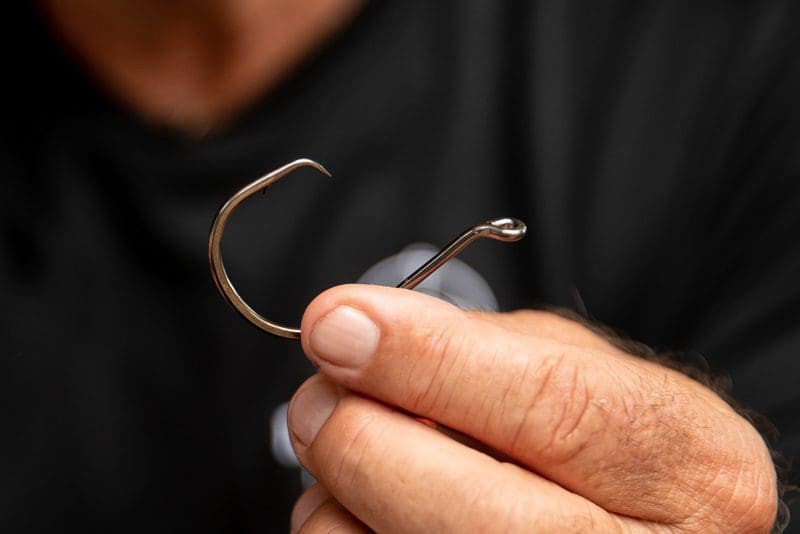
3. Tarpon Pattern – Swimming Bait or Gangs.
Hook pattern 7766 is one of the most popular hook designs.
They are quite versatile and have a reasonable shank so can also be used for strip baits.
But the most common use is for game fishing using swimming baits or ganged behind a wog head.
Rigged this way, if you’re in the right area you’ll be on the money for a Spanish or King Mackerel.
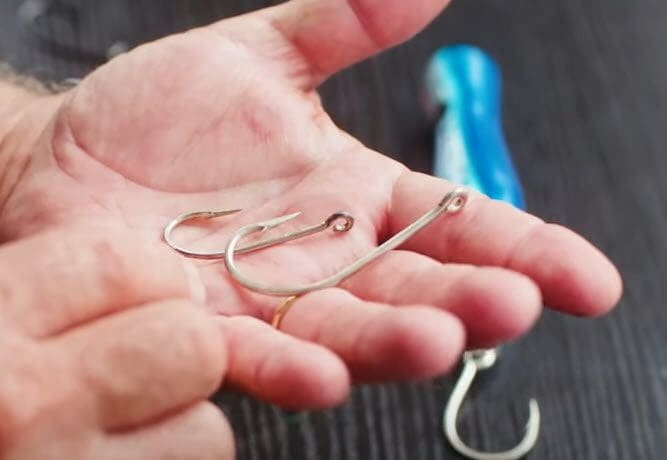
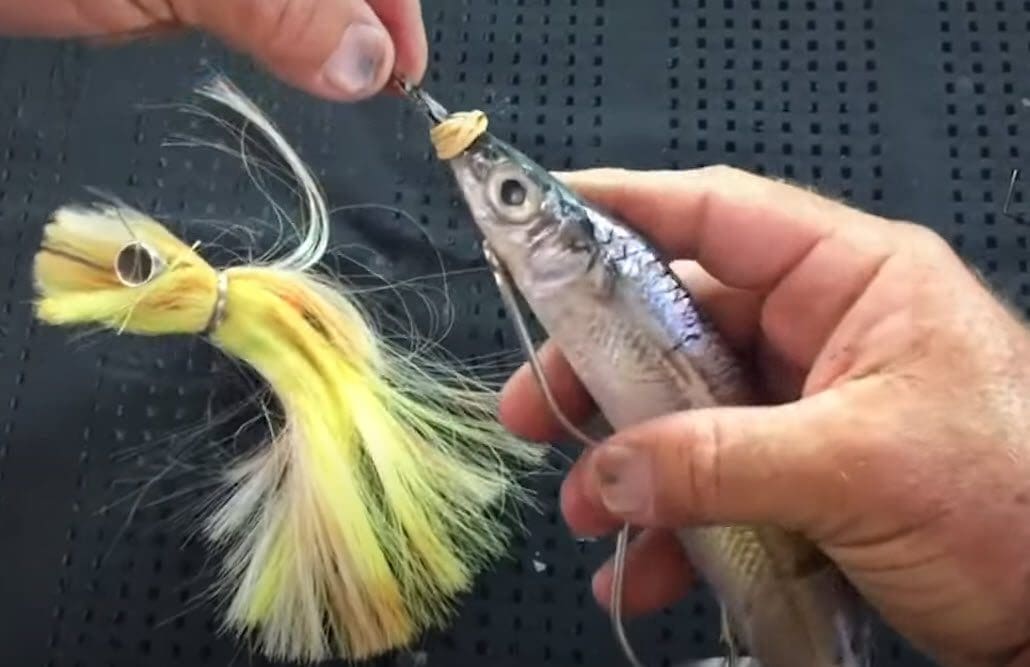
4. In-line hooks – Stick baits and Poppers
Unlike most other fishing hook designs, in-line hooks are distinctive due to the eye being in line with the shaft.
They are used for trolling lures, poppers and stick baits instead of trebles.
The in line eye and single hook runs directly behind or underneath the lure.
Unlike a treble, the in-line single hook helps eliminate drag thus allowing the lure’s natural action.
It is mostly used when lures are being retrieved faster.
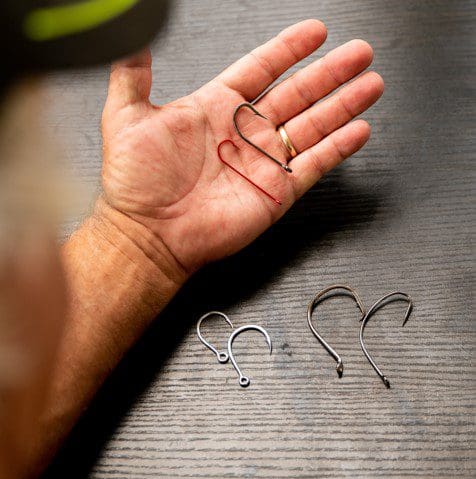
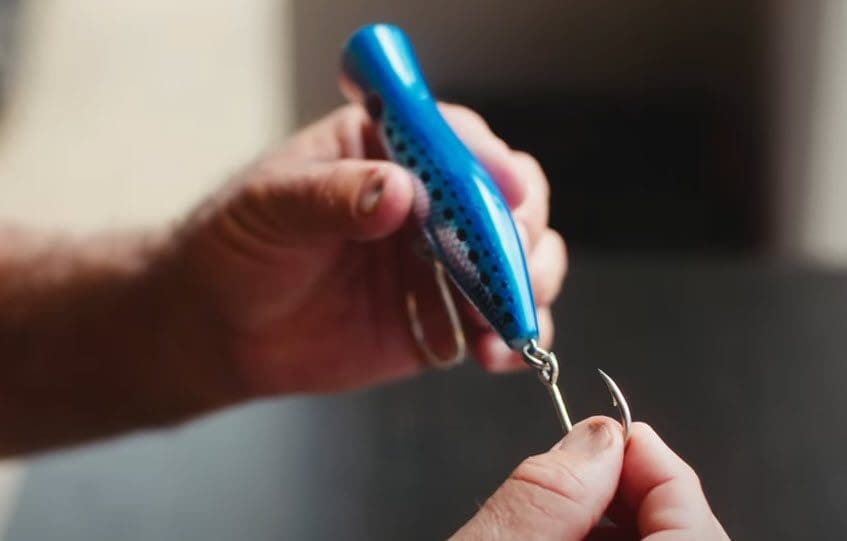
5. Trebles – Slow Retrieve Lures
Most slow retrieve lures come with trebles attached but Buyer Beware!
Many have inadequate power and will straighten when attached to a big fish.
If you don’t buy from a reputable Aussie manufacturer like Old Dog Lures or Reidy’s for example, always upgrade your hardware to BKK hooks or VMC 6x strong.
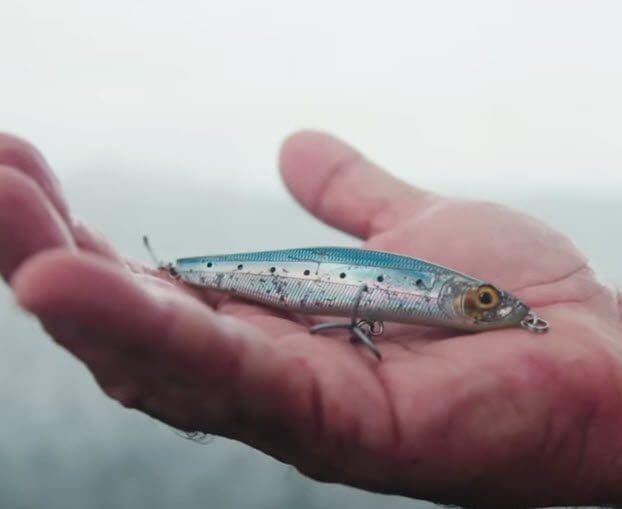

For a full list of the tackle I use, hooks, lures, marine electronics, rods and reels etc, grab my Gear and Tackle Cheat Sheet.
6. Weedless Hooks – Around Heavy Obstructions (weed).
When top water fishing with soft plastics, especially around weed and other obstructions (mangrove roots, branches etc.) it pays to use a weedless hook.
A weedless fishing hook is designed to hide the tip into the top of the soft plastic and minimize collecting debris on the retrieve.
The only downside is a slight reduction in hook ups as the hooks are buried in the lure.
Upside is it saves you time re-rigging and losing lures – so I reckon it balances out.
Plus less rubbish left in the environment after a snag.

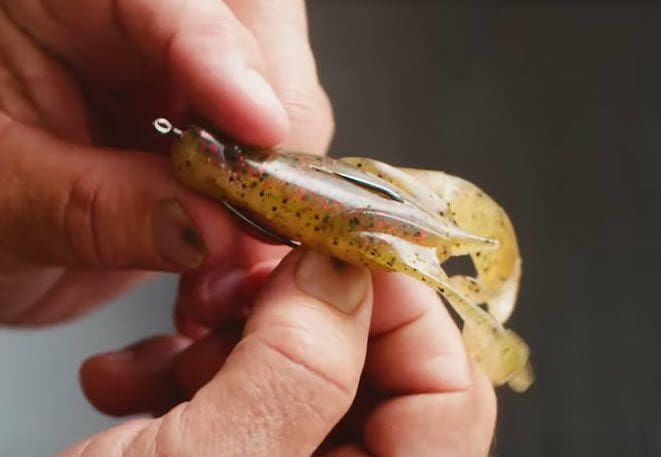
I hope you enjoyed our blog on fishing hook selection. If you missed it, the video is up the top!
Here are some more resources you may find helpful.






